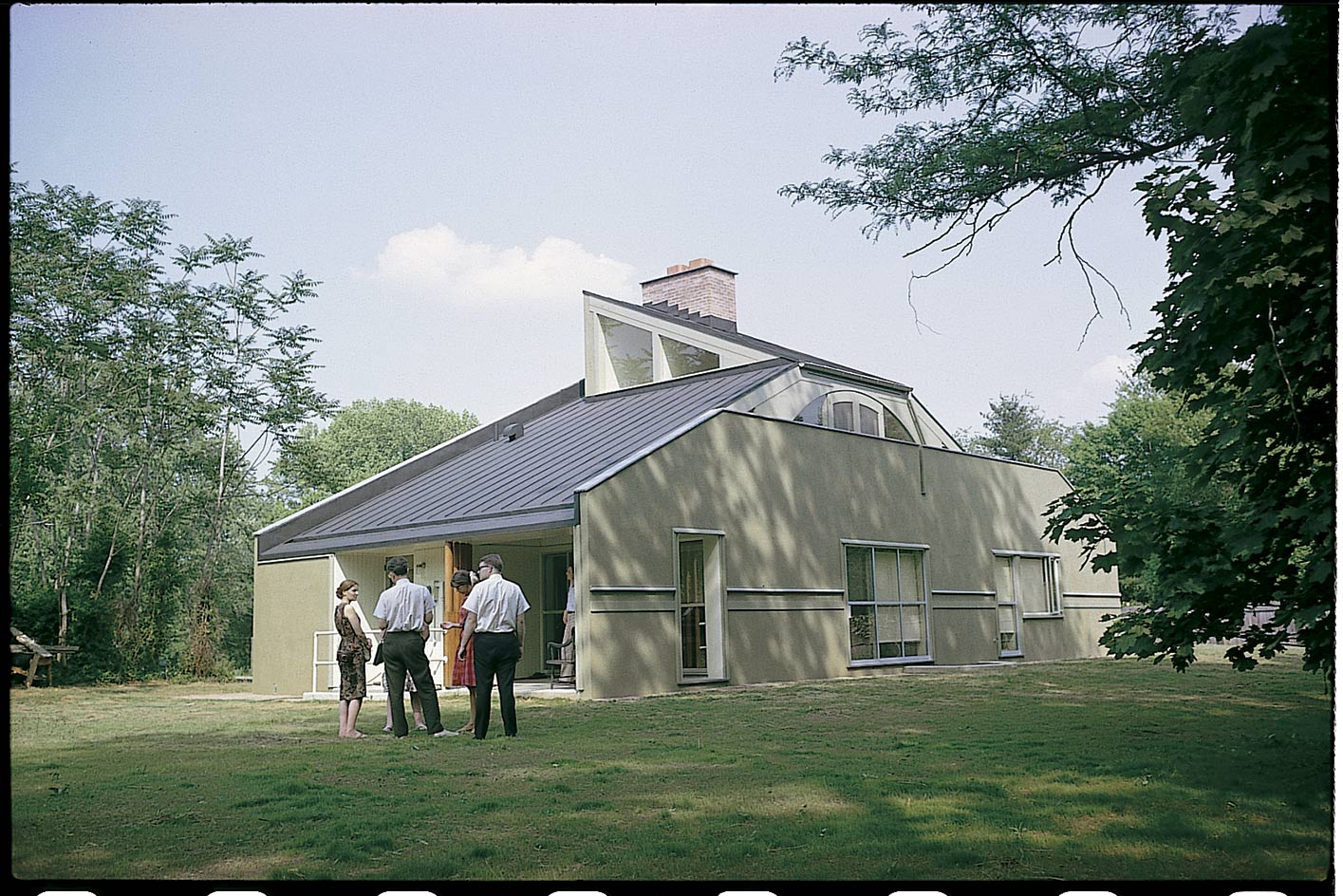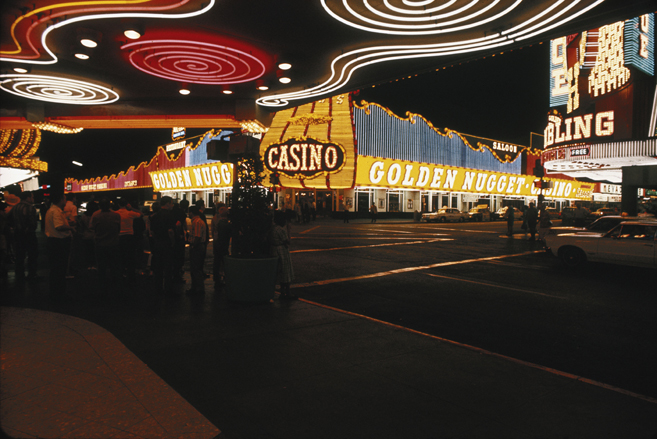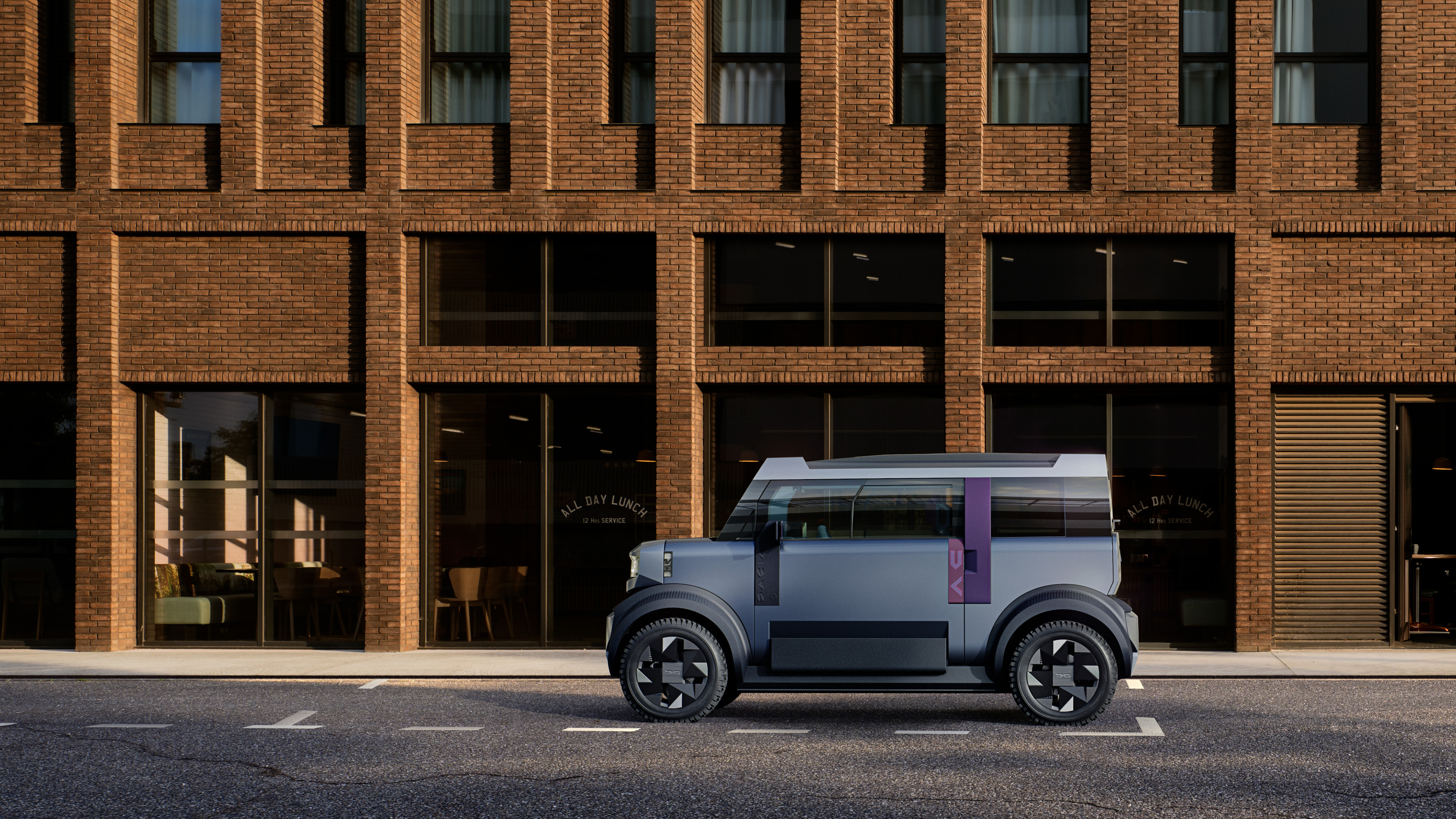In memoriam: Robert Venturi 1925-2018

The architect Robert Venturi, who has died at the age of 93, was one of the foremost champions of humanist design. Working in close collaboration with his personal and professional partner Denise Scott Brown, the two built and wrote extensively, always challenging the prevailing definition of architecture and finding plenty to say about how the evolving urban condition of America posed an unavoidable challenge to the tenets of modernism.
Potted biographies suggest that Venturi’s chief claim to fame was as a founding member of the postmodern movement, but it was far more complex than that. His breakout publication, Complexity and Contradiction in Architecture (1966), side-stepped the modernist canon in favour of the marginalised and idiosyncratic works that eschewed a neat, evolutionary development curve and instead represented an individualistic, historically aware approach. Since 1960, he worked closely with Scott Brown, who arguably tempered his classical training with the holistically tuned eye of the planner. Together, their work and writings were a quiet revolution, broadening the scope of what architecture means, what it does and how it shapes our perception of the city.
Read more from Robert Venturi and Denise Scott Brown in conversation with Richard Pain
Venturi’s 1991 Pritzker Prize controversially and infuriatingly ignored Scott Brown’s contribution, a state of affairs predicted by her 1975 essay on ‘Sexism and the Star System in Architecture' Most galling of all was the widespread presumption that their shared interest in the everyday, ordinary commercial vernacular was somehow ephemeral, an unworthy pursuit of a ‘true architect'. ‘Ironically’, she wrote, ‘a citation honoring Bob for his “discovery of the everyday American environment” was written in 1979 by the same critic who, in 1971, judged Bob lacking for sharing my interest in everyday landscape.’

Vanna House in Philadelphia by Robert-Venturi (1964)
Venturi and Scott Brown certainly found themselves within a star system, but there were to be no megastructures, glassy towers or monumental arts complexes. Their studio (working with partner John Rauch until 1989) built mainly for academia and private clients, as well as civic buildings and chapels. In its calm handling of geometry, respect for traditional methods and often playful intersection of old and new decorative elements, Venturi, Scott Brown and Rauch's architecture was decidedly calm yet also hugely influential, pointing the way to a less dogmatic, rigid approach with a greater respect for context and scale. In the UK, they’re best known for the Sainsbury Wing, the 1991 extension of London’s National Gallery won amidst much controversy and royal meddling.

Fremont Street, Las Vegas, 1968. All images © Venturi and Scott Brown and Associates, Philadelphia
While out and out postmodernists like Quinlan Terry, Leon Krier and Andrés Duany and Elizabeth Plater-Zyberk undoubtedly benefited from the duo's unfashionable reverence and keen eye for the idiosyncrasies of the past, Denise Scott Brown and Robert Venturi were ultimately delivering a more sophisticated critique than a study of aesthetics. Their book Learning from Las Vegas (1972), written with Steven Izenour, was a thorough investigation of an environment driven almost entirely by commercial concerns, a semioticians' paradise in which the austere edicts of the modernists buckled and gave way to naked commerce. Learning still bears up today, with conclusions that are far less controversial, paving the way for the recognition that place-making, community and history also need to be (re)constructed if they are to survive.
Learning from Las Vegas denied modern architects the satisfaction of being heroically right in the face of populist philistinism and ignorance. It showed that cities and places evolve, quote and reference the past; human interaction is the key to making successful space. Car culture – as evinced by Las Vegas – didn't favour a subtle aesthetic. Flip the priorities, and cities could become more inclusive without losing the texture and grain of design. Venturi’s passing marks the end of a historically significant collaboration. Denise Scott Brown and her studio will doubtless carry on the work as before, safe in the knowledge that these great shared thoughts and writings about contemporary urbanism have become even more relevant than they were were back in the 1970s.
Delve into the Robert Venturi and Denise Scott Brown archive
Receive our daily digest of inspiration, escapism and design stories from around the world direct to your inbox.
Jonathan Bell has written for Wallpaper* magazine since 1999, covering everything from architecture and transport design to books, tech and graphic design. He is now the magazine’s Transport and Technology Editor. Jonathan has written and edited 15 books, including Concept Car Design, 21st Century House, and The New Modern House. He is also the host of Wallpaper’s first podcast.
-
 Year in review: the shape of mobility to come in our list of the top 10 concept cars of 2025
Year in review: the shape of mobility to come in our list of the top 10 concept cars of 2025Concept cars remain hugely popular ways to stoke interest in innovation and future forms. Here are our ten best conceptual visions from 2025
-
 These Guadalajara architects mix modernism with traditional local materials and craft
These Guadalajara architects mix modernism with traditional local materials and craftGuadalajara architects Laura Barba and Luis Aurelio of Barbapiña Arquitectos design drawing on the past to imagine the future
-
 Robert Therrien's largest-ever museum show in Los Angeles is enduringly appealing
Robert Therrien's largest-ever museum show in Los Angeles is enduringly appealing'This is a Story' at The Broad unites 120 of Robert Therrien's sculptures, paintings and works on paper